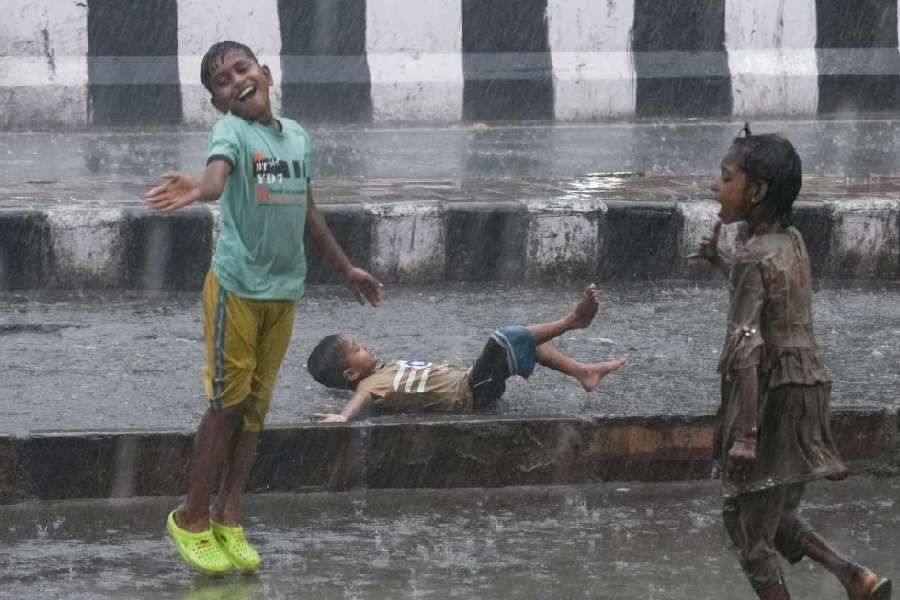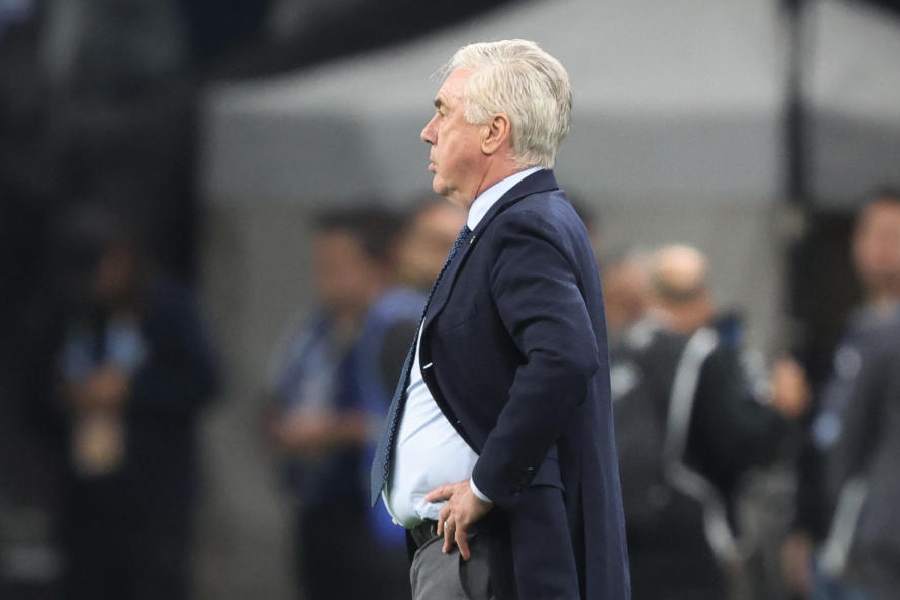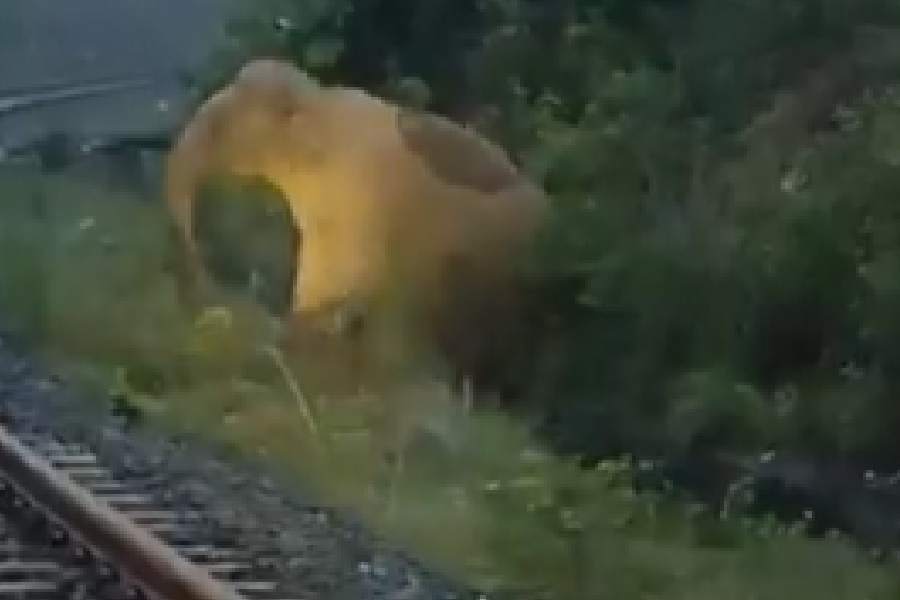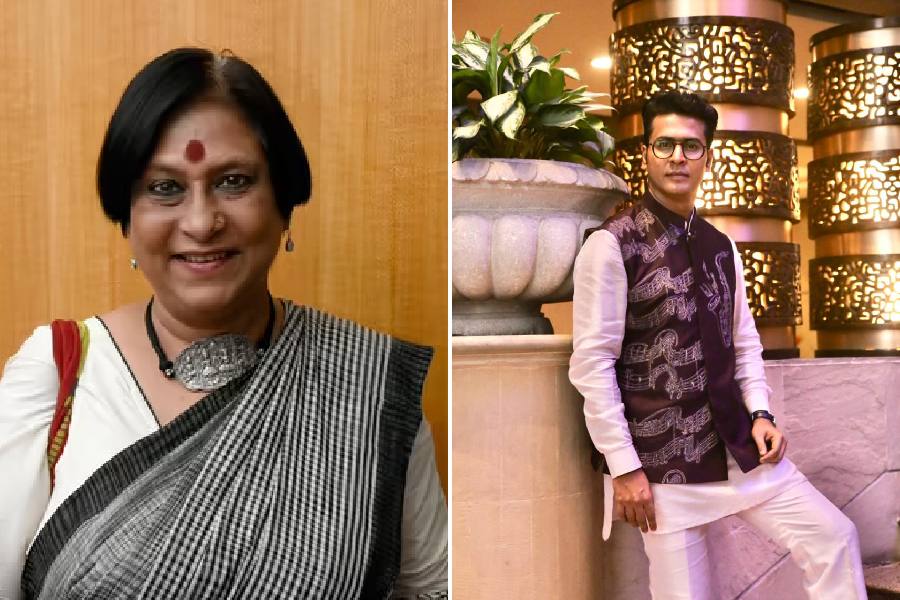 |
| Local trains are back on tracks a day after the serial blasts. (PTI) |
Mumbai, July 12: The BO 635 local to Borivli in the northwest suburbs that leaves Churchgate at 1748 is not in its platform today. But there is another that is going the same route at 1750.
The BO 635 took the first of the seven blasts that ripped through the Western Railway last evening. Now, at Churchgate station, there is enough space for commuters to walk to their trains without having to jostle and push.
Mumbai is getting back to tracks on a slow train in a world that appears unceasing in its wrath for this metropolis. Blast, deluge; deluge, blast. And now blast after blast.
In the 24 hours since the BO 635 local departed Churchgate never to reach its destination, 200 have been killed and scores are injured. At the KEM Hospital doctors were still removing shards of glass from limbs and faces and sewing up skin with skin.
The official record with the Western Railway authorities at Churchgate says the first blast was in a “front first class” compartment near Khar Road station. In today’s “front first class” compartment as it leaves Churchgate at 1750, there are 56 passengers in the car that usually seats at least 80 and with little room for those getting up at the next station.
“There is enough space in this compartment today for the Cross Maidan. What you are counting here is just 20 per cent of the normal crowd,” says K. Ravindran, an employee with the ministry of textiles who lives in Jogeshwari.
“I usually take the 1754 or the 1800 train back home. And I am usually standing near the entrance/exit or else I will not be able to get off the train. But today I can stretch my legs and lie down on the seat.”
Ravindran was on the 1800 hours train that stopped at Dadar at 1835 last evening. “We got restless in the train because there was no news for 15 minutes. I could not call my wife in Jogeshwari but I got calls from relatives in my hometown in Cannanore (Kerala) and from my son in the US telling me that there were blasts on Mumbai trains. ”
At Charni Road station, five passengers get off and five get on. Ghanshyam Tripathi, an engineer with Oberoi Hotel who lives in Virar, says that’s the way it is till Dadar where huge crowds surge in. Dadar is a junction where commuters cross over from the Central Railway to the Western.
Tripathi stayed overnight in the hotel yesterday. “The only parallel I can think of is probably London after Lady Diana’s death. People were out and going about their work but they looked shocked. That is what it is like. Each one of us who is able to walk and talk and see and be seen is fortunate.”
 |
Manoj Sinha gets into the train at Bombay Central. “I take the train every day but don’t have fixed times. Give Mumbai three or four more days and again we will fight for a toehold in this compartment. The wonderful thing is that no one is panicky.”
Is Mumbai getting used to being attacked? “I think we are. We have no choice. Each one of us has to take the train, go to work, return home”. That is the mood in the city today.
“As I waited at Churchgate station my legs were trembling. Of course I’m afraid,” says Vikas M. Rawal, senior merchandiser with an export house. “Some of my colleagues had jumped out of the train yesterday. Thank god they are all safe but no one wants to be treated like this.”
A.M. Tampal, a garage manager headed for Jogeshwari, counts himself among the blessed. He took the 1737 Borivli Fast instead of his usual 1757 because it was his birthday and he wanted to finish early. “I carry my life in my fist,” he says.
Like Mumbai.











